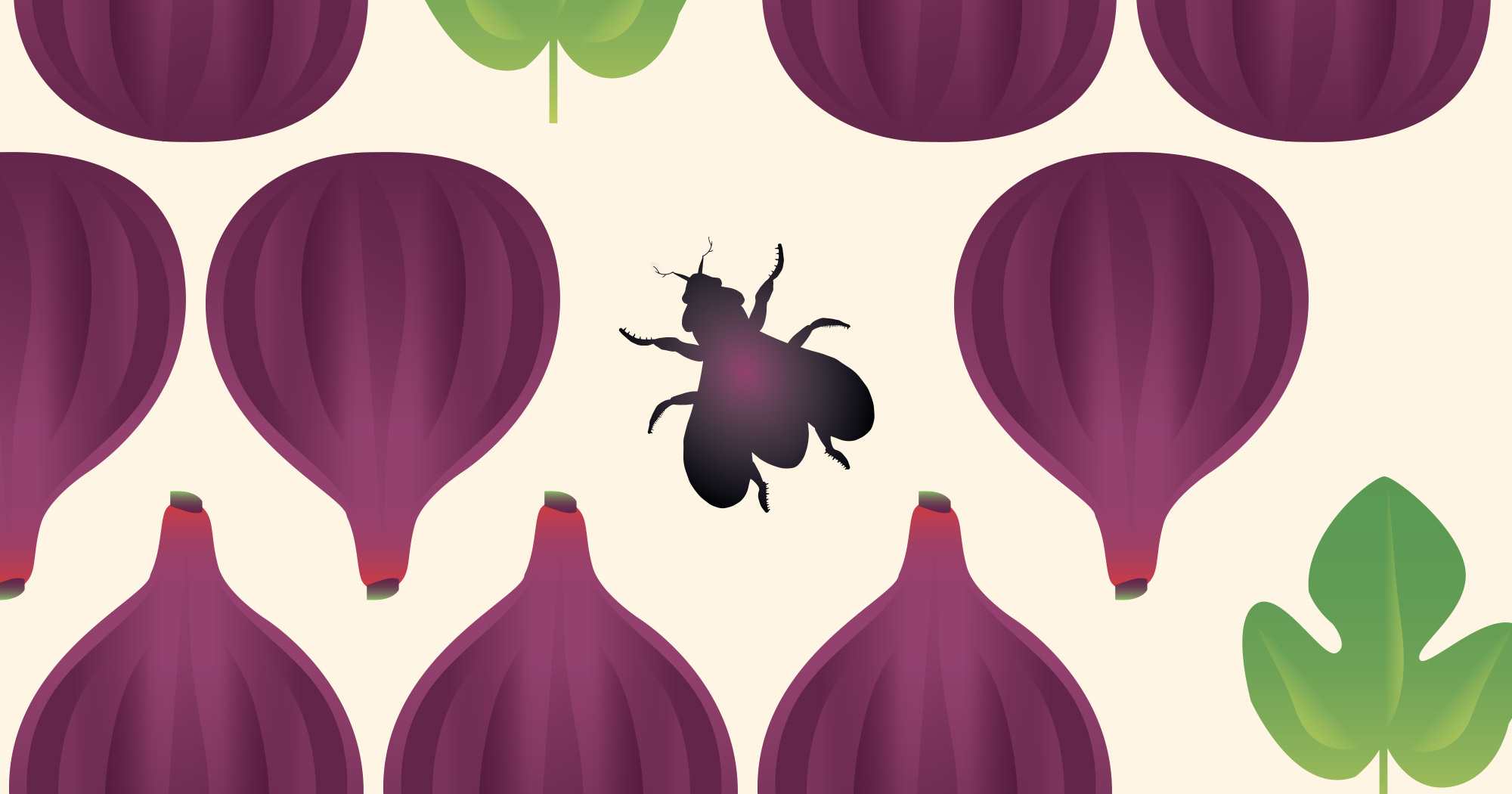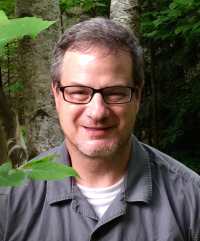Are Wasp Parts in Your Figs? And Other Questions of Man-Nature Interdependence

The climate doesn’t care about your political beliefs. Neither do the data that show human activity is causing it to change at an alarming rate. All else is commentary. But, speaking of commentary, there is much to be said about what can be done right now to address climate change. That’s why we devote space in every issue of Foreword Reviews to new books that approach the problem in different ways. With these six books from our Fall 2016 issue, you can get the information you need and the knowledge to help.
If those books don’t help show you how humans and nature are all key elements of the same story, try this upcoming release by Mike Shanahan called Gods, Wasps and Stranglers: The Secret History and Redemptive Future of Fig Trees (Chelsea Green). Shanahan shows how the fig tree and the wasp have coevolved into a state of complete interdependence. As the author tells me in the interview below, it’s a good way of thinking about our relationship with nature.
Let’s get this question out of the way first, since many in the U.S. don’t get it. You’ve attended United Nations climate change negotiations. You’ve devoted your career to studying and writing about nature. I’m sure you’ve also spoken to some very smart people. Can you, for the record, state whether climate change is real and man-made?

Mike Shanahan: 'I didn't choose figs---they seduced me.'
Yes, man-made climate change is real. The mass of scientific findings made over the past three decades shows very clearly that human activities are raising the concentration of greenhouse gases in the atmosphere and that this is raising the global average temperature and changing the climate. 2016 is set to be the hottest year on record.
Figs and wasps depend on one another for their existence. Not to be too obvious in our metaphors, but did you choose to focus on figs because of its wider implications for humans and nature?
I didn’t choose figs—they seduced me. I spent three years studying dozens of wild fig species in Borneo and Papua New Guinea. I worked in forests where fig trees play a critical role in sustaining a large proportion of the wildlife and the thousands of plant species whose seeds these creatures disperse. The biology of fig trees was fascinating enough—shaped as it is by an 80-million-year-old partnership with tiny wasps. But when I also learned the many ways fig trees have influenced our own species, I became compelled to write their story.
The more I researched, the more these trees amazed me. I firmly believe everyone should know their story, not least because it is linked to every one of us in some way. It offers a powerful lens through which we can examine our own place in nature, as well as our future and our past.
What is the most unusual, or surprising, role figs have played in altering the course of human history?
Well, Queen Elizabeth II was asleep up a fig tree when she inherited the throne. The Buddha attained enlightenment whilst meditating beneath one. And without figs to power their bodies, the Egyptians might never have built the pyramids. In the colonial era, Britain used sacred fig trees as gallows to hang hundreds of Indian rebels. And in Kenya, rebels used a fig tree as a secret post office to plot against the British. Fig trees have played roles in the births of biology, of agriculture and of the first great civilizations. They feature in every major religion and have influenced diverse cultures all across the planet.
I’m most interested, however, in the possibility that fig trees played a role in our evolution, feeding our pre-human ancestors a year-round diet of energy rich figs—the perfect fuel for a large primate evolving a big and complex brain.
You recently told The New Yorker that you used to spend time lying beneath a fig tree and recording its visitors. An amazing number of species would come and eat. Did that tell you anything about our own place in the ecosystem?
A single strangler fig can produce as many as a million figs more than once a year, and at any time of the year. They are the pop-up restaurants of the rain forest and, year-round, they attract a great variety of birds and mammals.
Two things struck me as I watched these feasts unfold. First, I had no doubt that a fruiting fig tree would have often offered a lifeline to our earliest human ancestors, the first people, whose days would have focused largely on finding food. Second, I realized how fig trees are magnets for wildlife, and how the early humans would have used them as hunting grounds, just as hunters do today in forests across the tropics. As sources of both meat and figs, such trees would have been valuable resources to protect and respect.
It is little wonder then that all around the tropics, diverse cultures have woven fig trees into their stories and have often developed taboos against felling these trees.
There are, very likely bits of mummified wasp in every fig we eat. How should we feel about this?
While that is certainly true of the hundreds of wild fig species, we tend to eat figs of just one species: Ficus carica. This plant is among the first that people ever cultivated for food—several thousand years ago. Over that long history farmers bred some Ficus carica varieties that no longer need wasps to produce ripe figs. So, for those varieties, there’s no trace of a wasp. Great news for vegans!
Other Ficus carica varieties do need wasps to pollinate their flowers in order for them to develop seeds, then become sweet and ripe. But the wasps are so small and so few that you really won’t notice them. By the time you eat a fig, any dead wasps will have mostly broken down into nothingness. Rest assured, when you bite into a fig, any crunch comes from fig seeds not wasp corpses.

Howard Lovy is executive editor at Foreword Reviews. You can follow him on Twitter @Howard_Lovy
Howard Lovy
